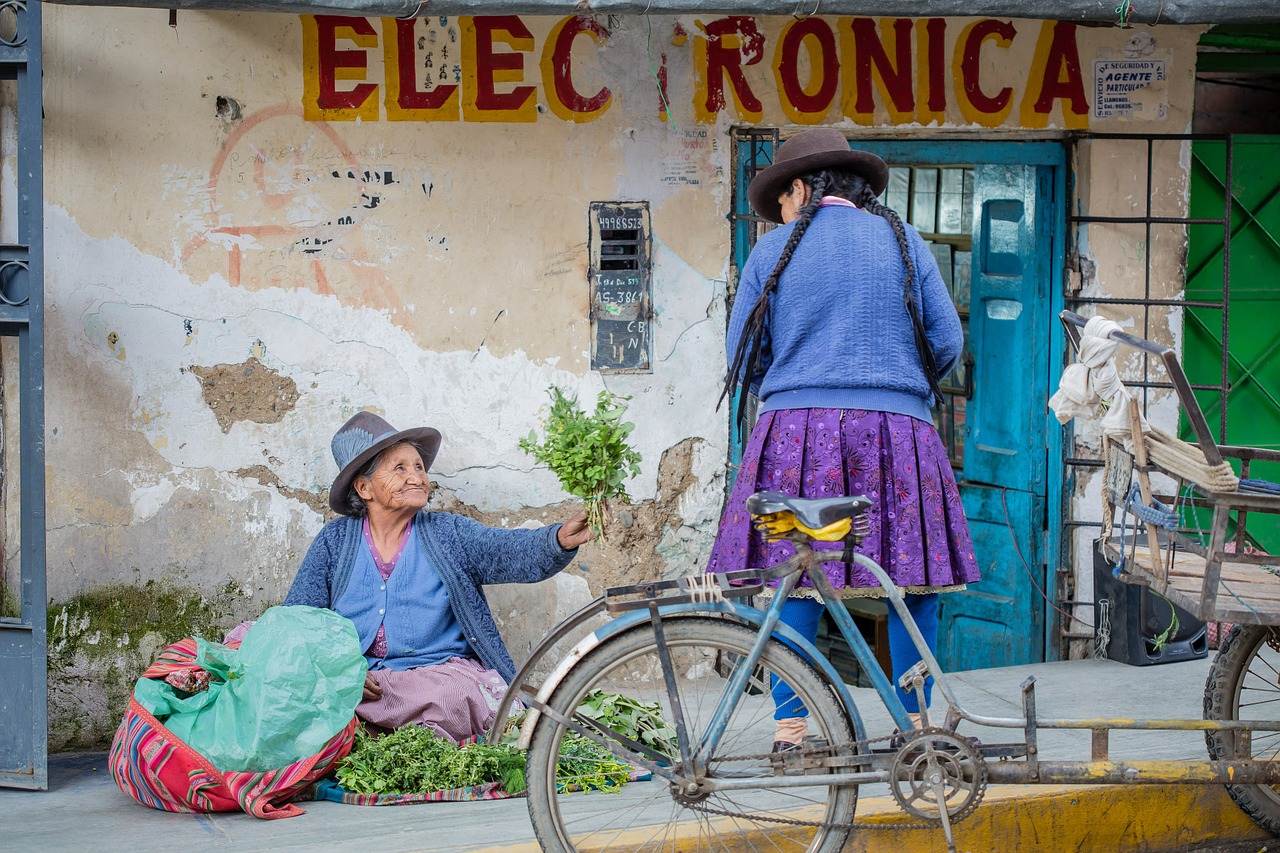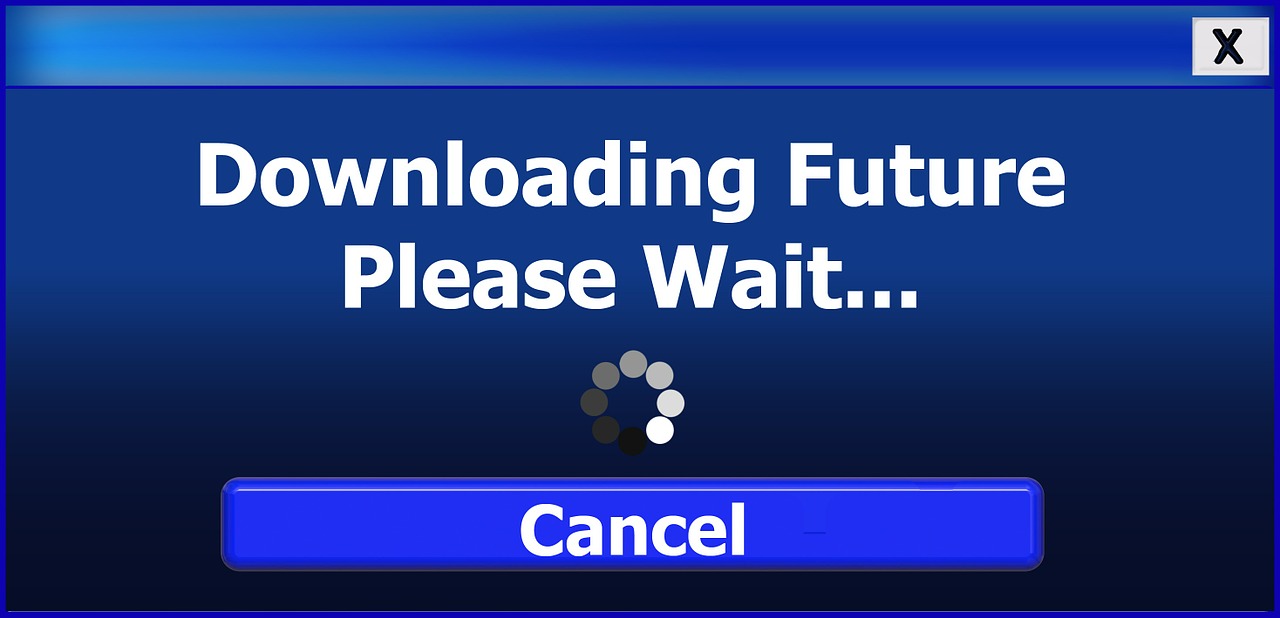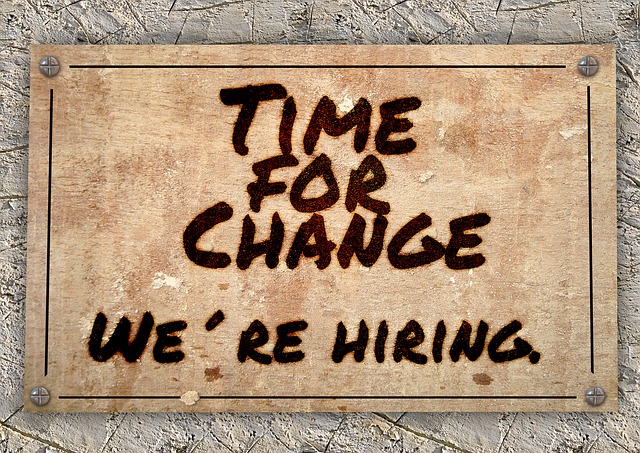Humanitas and Humanities in the Digital Age
Philosophies, analyses, opinions… these are all part of Digital Arts and Humanities. The digital would have no reason to exist without human experience to drive it. Perhaps because this seems such an obvious truth to me, I find the continual recurrence of questions about it throughout my coursework to be surprising.
Despite that, it seems that I have quite a lot to say on the subject. As part of a class on digital research skills, which included a foray into the world of transcription (edit: which now has its own blog post), we were asked four questions:
- How does the ‘digital’ reshape traditional research skills in the Humanities?
- How will the digital age shape the contours of cultural and historical memory?
- Will digital storytelling coincide or diverge with oral and print-based storytelling?
- In the networked world we live in, what is the place of humanitas?
We were only required to give brief answers, but it seems the floodgates opened. Even this post is quite brief when weighed against the surfeit of cogitation I’ve been carrying around. …If only it were like setting down a grocery bag – now that it’s out of my head, can I please skip around the neighbourhood in a light-hearted fashion? Sigh. Not likely.
Never fear, Gentle Reader. Taking the time to read the following shouldn’t burden you overly much. Perhaps it will simply stir your hidden philosopher’s soul and lead you to ponder questions about what it truly means to be human in a digital age.
How does the ‘digital’ reshape traditional research skills in the Humanities?
The answer to this question depends largely on the subject and methods one might use to address a particular subject. In Humanities, one size does not fit all. As the fields are subject more to interpretation than empirical areas such as hard sciences, the options are quite broad.
For example, a student of poetry or literature might once have spent a great deal of time poring over musty tomes extracted from the bowels of a long-held academic library collection. Referring back and forth between books analysing various versions and interpretations could be time-consuming, yet also provide the researcher the opportunity to more deeply understand the material. A student of music may likewise have spent a great deal of time listening to old albums or tapes, while viewing the score, digging up reviews of live performances, the biographies of conductors and musicians, and perhaps attending some live performances. All would be done while taking detailed, hand-written notes of dates, authors, performers, editions, etc. Students of either discipline would possibly write out essays by hand, then edit and type – on a typewriter! – maybe re-edit and re-type, their conclusions for presentation.

With so much material available digitally, not only is locating information possible at greatly increased speeds, so is studying, analysing, cross-referencing, and citing. Tools like Zotero make it easier to accumulate a wide range of source material in a format that is, essentially, citation-ready. It’s more portable and shareable, as well, which means collaboration becomes infinitely easier. (I am hoping this last point means that the virtual silo walls of academic research begin to erode.)
The greater accessibility of subject matter likely affects our selections, as well. A research topic that may once have had a narrow scope due solely to the availability, or lack thereof, of source material now has much broader potential. The implications may be largely positive, but undoubtedly have some downsides, as well. It’s likely that some researchers will not take the “deep dive” approach, which potentially means missing out on nuanced information and experiences.
How will the digital age shape the contours of cultural and historical memory?
We can only project here. It’s interesting to look back and see how things have already been affected by the shift from analogue to digital, and to build upon that for our speculations. Yet there is no way to really know.
As with all technological advances, there will be gains and losses. The warmth of tone and imperfections of analogue recordings of human musicians, for example, may fall out of favour. New art forms that were previously impossible – even unimaginable – will arise.
Important to note is that in addition to creative tools for future development, tools for more accurately gathering information about the past will also emerge. The x-ray technology that is allowing researchers to “read” the charred scrolls of Herculaneum is one example. It’s likely that OCR (optical character recognition) and AI (artificial intelligence) advancements will combine to allow more automated gathering of information for sharing in open data formats. And it will not stop there.
Will digital storytelling coincide or diverge with oral and print-based storytelling?
Again, it’s difficult to predict the future. As with most advances, however, it’s likely there will be parallels and overlaps, at least for a time. Storytelling as a concept is broad and widely encompassing; it speaks more about the abilities of the teller to convey facts, emotions, nuances, and details, as well as the editorial choices they make, to draw in the listener (reader, viewer, etc.) than about the particular means by which it is carried out. It’s about relatability and identification versus method.
Some forms of digital storytelling will primarily consist of transcribing media into a new platform – paper book versus e-book, for instance. Others will embrace new possibilities – virtual reality, perhaps – for immersive experiences. Responsiveness will be an important factor, and one worth keeping an eye on, as an exchange between teller and listener often shapes the narrative.
The Choose Your Own Adventure books of the 1980s and 1990s illustrated an early attempt at making an essentially unresponsive medium into something more malleable. Many video games attempt to do this now, with the overall narrative shaped and affected by choices made by the player. And yet, this is not the same thing as a live human, an ancient wisdom keeper, perhaps, having intimate knowledge of their audience and shaping a story to fit their particular interests or needs. Hand gestures, emphasis, sound effects, timing – all things that can be adjusted in the moment to suit a live audience – have an impact on both the teller and the listener. It’s a large part of why so many screen actors return to the stage.
In short, yes, there will be overlaps between the digital and the print-based or oral storytelling traditions. Some things will be lost, new things will emerge. The common threads, however, will remain.
In the networked world we live in, what is the place of humanitas?
Humanitas is the foundation of all that we have developed in the humanities – art, kindness, empathy, and how these are exemplified throughout the prouder parts of history and civilisation. The unsavoury parts of our collective past are just as much a part of the story, of course. The things that keep us moving forward, however, are the things that support human thriving. (See the TED Talk by Sam Harris about science and moral questions for more on the concept of human flourishing.)
Art, empathy, and science are behind many of the technologies that have taken up so much of our consciousness in recent years. Although it’s sometimes easy to get hung up on the “media” part of social media, at its heart, it only works because of the “social” aspects. Sharing, connectedness, and recognising ourselves in others is a huge part of the attraction. Sharing data is important, yes, but sharing experiences is an even more powerful force. Technology is the means, but the cause is our desire to relate to our fellow beings.
So what is the place of humanitas? The heart, the lifeblood, the aura. It is everything; its place is everywhere.




